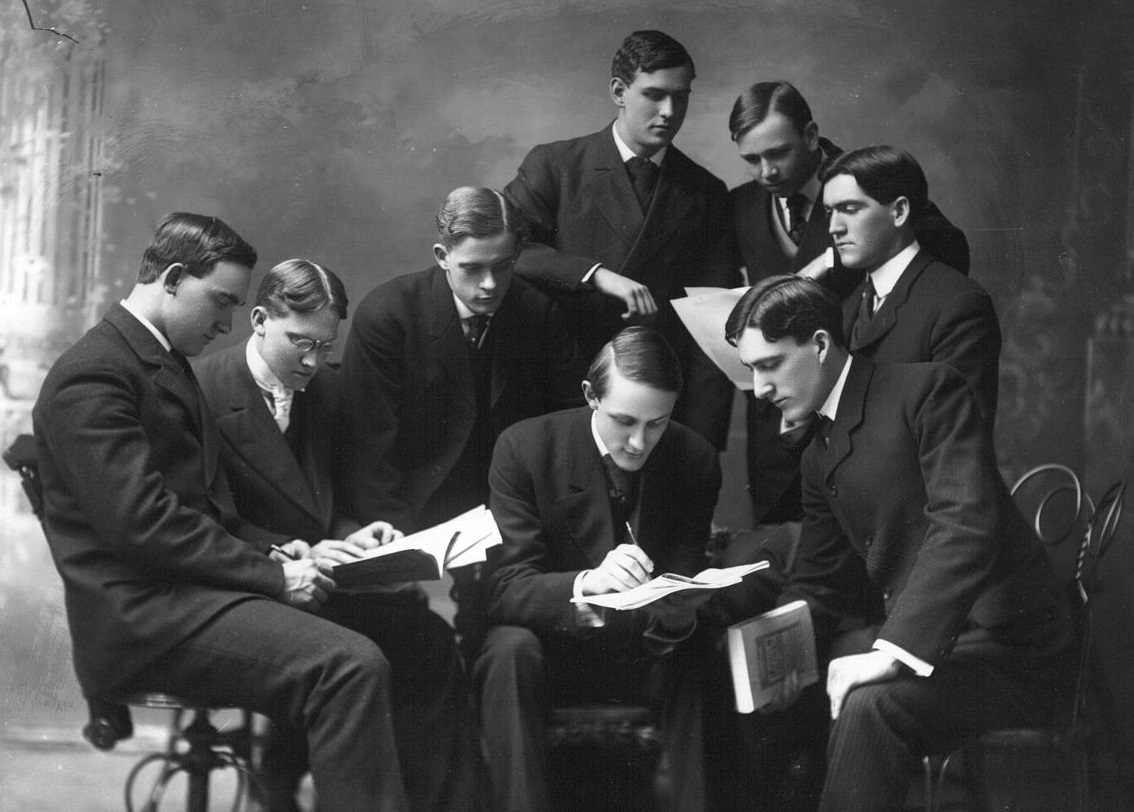Learning Power: Learners Must Take Control
To gain access to all Ideas for Leaders content please Log In Here or if you are not already registered then Register Here.

A new model of learning power, based on 15 years of data, emphasizes the responsibility that individuals must take for their own learning. The new model unveils the complex relationships among the learning power dimensions, from mindful agency (self-determination and initiative) to openness to learning to relationship dimensions such as collaboration and belonging.
To read the full text on this Idea you will need to log-in or register with the Ideas for Leaders site. Please click here to log-in and here to register for the first time.
If you are a member of one of our Sustainable Leadership Communities you can log-in using your SLC log-in details, with your email prefixed by the community group you are in. eg: uk.jane.fraser@abcgroup.com

Ideas for Leaders is a free-to-access site. If you enjoy our content and find it valuable, please consider subscribing to our Developing Leaders Quarterly publication, this presents academic, business and consultant perspectives on leadership issues either as a digital subscription, or better still in a beautifully produced, small volume delivered to your desk four times a year.

For the less than the price of a coffee a week you can read over 650 summaries of research that cost universities over $1 billion to produce.
Use our Ideas to:
Speak to us on how else you can leverage this content to benefit your organization. info@ideasforleaders.com